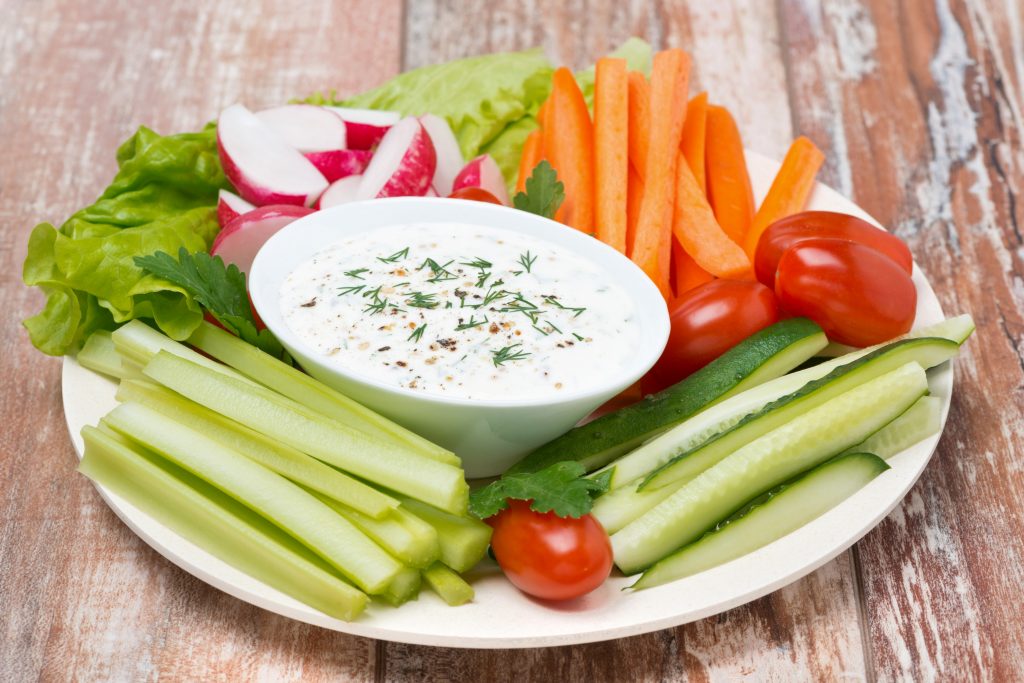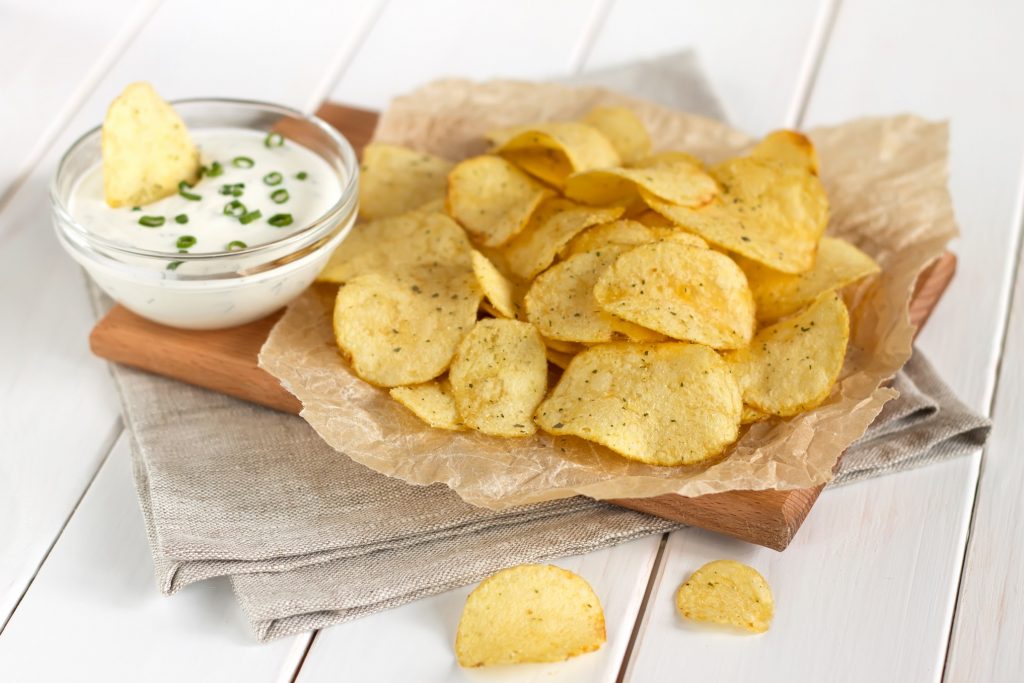
How do snacks fit into your day? Do they replace a meal or help you survive until your next one? Or, maybe they’re an energy boost? What about a reward or something to satisfy a craving? You aren’t alone if your snacks function as just one of those, or if they are all three at the same time. According to Tamara Barnett, VP of strategic insights for Bellevue, Wash.-based Hartman Group, “How we go about planning, acquiring and consuming food has been disrupted, and the result has been the displacement of meals and variations in when, how and what gets consumed.”
To help the San Diego consumer adjust to these changes and see value in a snack or beverage, it is important to understand what the three primary snack needs are.
Snacking for Nourishment
- helps to meet daily caloric needs and to stay hydrated
- keeps energy levels stable and up
- helps to manage health and diet
- stops hunger between meals
- examples: yogurt, granola bars, whole fruits and vegetables, water, and smoothies
Snacking for Optimization
- helps to meet mental and physical performance goals
- offers an energy boost
- helps with recovery after exertion (loss of nutrients, fluids & energy levels)
- increases mental focus
- examples: coffee, whole fruits, popcorn, nuts, and higher protein bars or smoothies
Snacking for Pleasure
- offers comfort and stops cravings, at least momentarily
- can be either an indulgence or a reward
- creates a time to eat different flavors and textures
- is an opportunity to discover and try new foods
- examples: cookies, candy, chips, wasabi peas, salted nuts, and flavored milk

Each of these snack needs can function independently or in combination with each other. In most situations, the San Diego consumer unconsciously requires that the snack be pleasurable even if the primary goal is nourishment or optimization.
Understanding the different snack needs of your employees is important as snack consumption in the workplace is up 10 percentage points to 16% compared to five years ago. 16% of the individuals looking for a snack find it at work (cafeteria or catering) and another 14% find their snacks in vending machines. One way to increase those numbers and have a positive impact on your employees is to reconsider the types of snacks and beverages offered in your office break room. Barnett suggests optimizing break room layouts and product assortments to inspire snacking occasions and to meet your employees’ needs. Not only is it good for your employees’ health and well-being, but it’s also good for company morale and productivity.
To learn more about the wide variety of food, snacks, and beverages we offer and our vending options including traditional and healthy vending, free vend, and micro-markets, contact Tri-R Coffee & Vending at (760) 753-1112.
